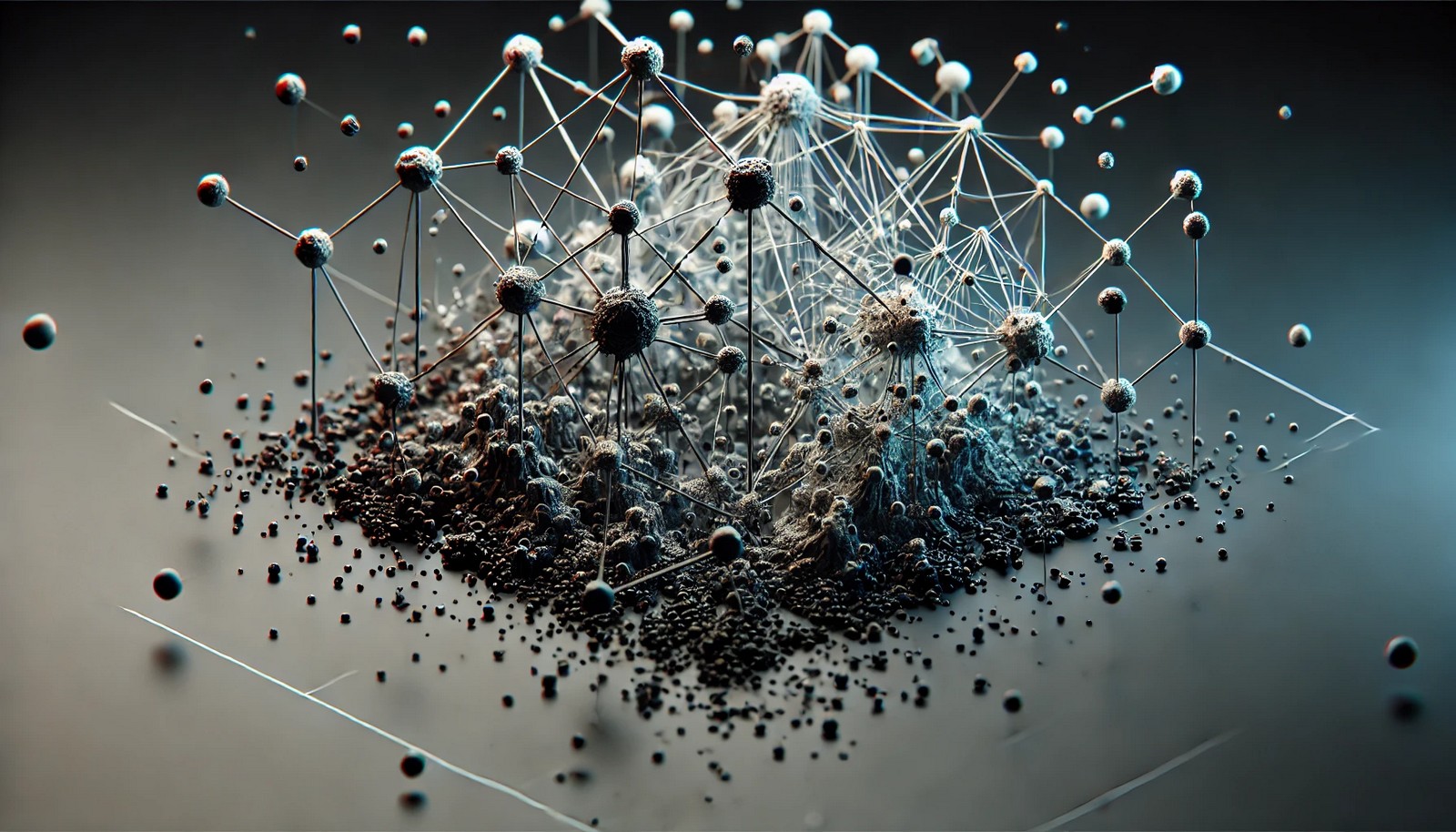Weight Decay

Quick Navigation:
- Weight Decay Definition
- Weight Decay Explained Easy
- Weight Decay Origin
- Weight Decay Etymology
- Weight Decay Usage Trends
- Weight Decay Usage
- Weight Decay Examples in Context
- Weight Decay FAQ
- Weight Decay Related Words
Weight Decay Definition
Weight decay is a regularization technique used in machine learning and neural networks to prevent overfitting by adding a penalty to the weights of the model. By discouraging large weights, it encourages the model to generalize better on unseen data. This technique typically involves adding a term to the loss function that penalizes larger weight values, often using L2 regularization, which squares the weights. It’s widely used in deep learning to improve model robustness and stability during training.
Weight Decay Explained Easy
Imagine you’re learning how to solve puzzles, but you get so focused on a few that you forget how to do others. Weight decay is like a gentle reminder not to focus too much on any one puzzle piece. In a neural network, weight decay stops the "focus" from getting too strong on certain parts so it can work better overall.
Weight Decay Origin
The concept of weight decay emerged as machine learning grew more complex, particularly with the advent of deep learning. Researchers found that overfitting was a challenge with larger datasets, leading to the development of weight decay as a regularization method.
Weight Decay Etymology
The term "weight decay" reflects the reduction, or "decay," of weight values in the neural network to maintain model generalization.
Weight Decay Usage Trends
Weight decay has gained popularity with the rise of deep learning and high-dimensional data. Its usage is common in applications like computer vision, speech recognition, and natural language processing, where overfitting can lead to poor model performance on real-world data.
Weight Decay Usage
- Formal/Technical Tagging:
- Regularization
- Machine Learning
- Deep Learning - Typical Collocations:
- "weight decay term"
- "L2 regularization"
- "penalized weight values"
- "decay rate adjustment"
Weight Decay Examples in Context
- Weight decay helps neural networks handle unseen images by reducing overfitting to the training data.
- In text analysis, applying weight decay ensures the model doesn’t rely too heavily on certain words, improving generalization.
- Adjusting the weight decay parameter can help optimize model performance in recommendation systems.
Weight Decay FAQ
- What is weight decay in neural networks?
Weight decay is a technique to prevent overfitting by penalizing larger weight values. - How does weight decay work?
It adds a regularization term to the loss function, discouraging large weights in the model. - Is weight decay the same as regularization?
Weight decay is a form of regularization, specifically through penalizing the magnitude of weights. - Why is weight decay important?
It prevents overfitting, making the model perform better on unseen data. - Where is weight decay applied?
Weight decay is common in neural networks, especially in deep learning applications. - How does weight decay differ from dropout?
Weight decay penalizes weight magnitudes, while dropout randomly deactivates neurons during training. - What values are typical for weight decay?
Values depend on the application, but small values like 0.01 or 0.001 are common. - Can weight decay be used with other regularization methods?
Yes, it’s often used alongside methods like dropout to improve model robustness. - Does weight decay slow down training?
Slightly, as it adds a small computation for the penalty term, but it benefits the model in the long run. - How is weight decay adjusted in a model?
It's usually adjusted by tuning the decay rate as a hyperparameter.
Weight Decay Related Words
- Categories/Topics:
- Regularization
- Machine Learning
- Deep Learning
Did you know?
Weight decay became a standard tool for deep learning models in the 2010s as researchers sought ways to handle vast and diverse data, particularly in image recognition tasks. It remains a cornerstone in neural network training, especially for models with many parameters.
PicDictionary.com is an online dictionary in pictures. If you have questions or suggestions, please reach out to us on WhatsApp or Twitter.Authors | Arjun Vishnu | @ArjunAndVishnu

I am Vishnu. I like AI, Linux, Single Board Computers, and Cloud Computing. I create the web & video content, and I also write for popular websites.
My younger brother, Arjun handles image & video editing. Together, we run a YouTube Channel that's focused on reviewing gadgets and explaining technology.



Comments powered by CComment